4 min read

Despite its petite size, Enceladus is one of the most scientifically compelling bodies in our solar system.
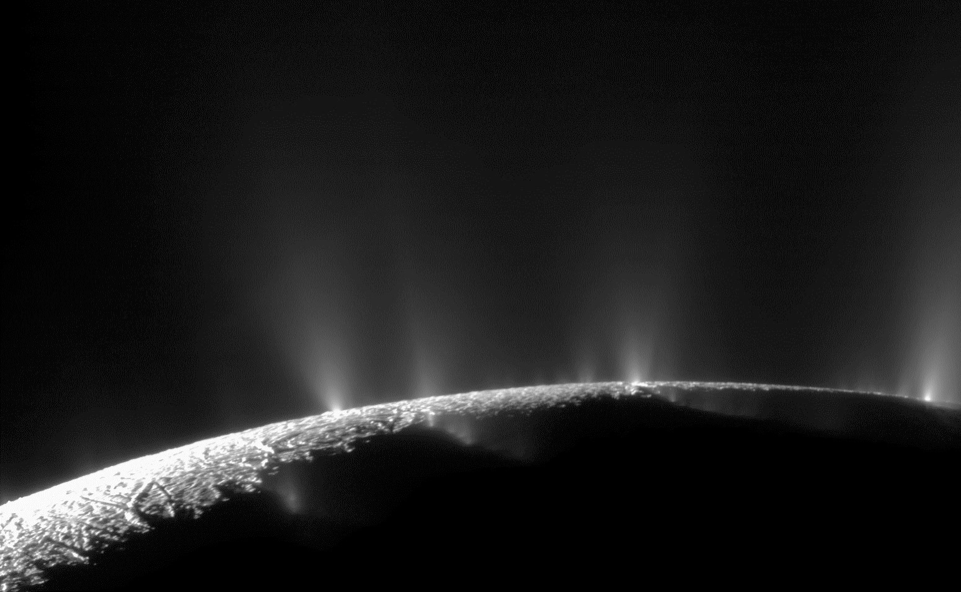
Cassini discovered an active plume of icy spray coming from the moon’s south pole. Tendrils of material from the plume reach out from the moon to create Saturn’s E ring.
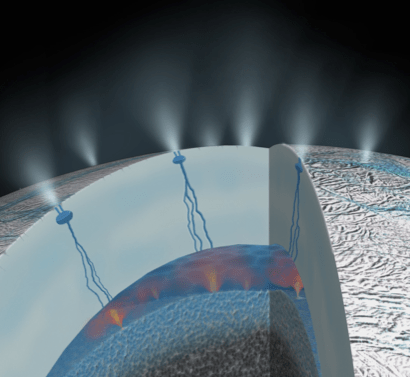
Two independent studies on the origin of silica and methane detected in the Enceladus plume point to the presence of warm water chemistry (hydrothermal vent activity) where the subsurface ocean meets the moon’s rocky core.
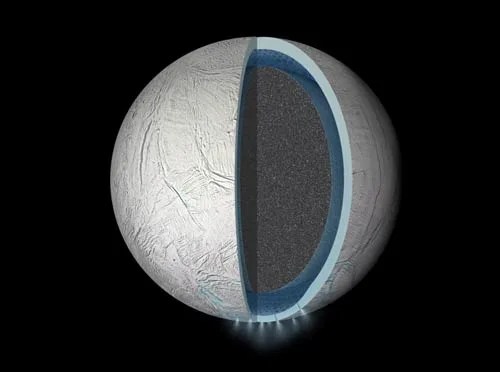
Discovery of ammonia originating from Enceladus provides strong evidence for the existence of at least some interior liquid water. Radio science gravity measurements lead scientists to conclude that a subsurface ocean exists beneath the south pole. Imaging observations of the moon’s librations (or wobbles), in addition to new modeling of its gravity field, eventually provide confirmation of the presence of a global ocean beneath the crust.
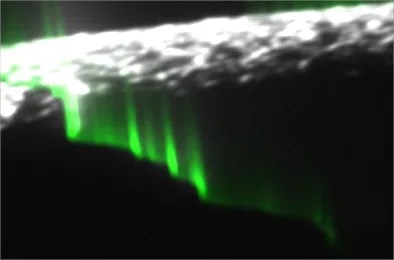
Images of the plume can be explained by invoking both individual jets and “curtains” of activity along Enceladus’ tiger stripes. Curtain eruptions can give the illusion of an individual jet, depending on the viewing angle. Gravitational tides cause fissures in tiger stripes to periodically open and close, and the strength of the plumes is dependent on the orbital distance from Saturn.

The plume supplies material to Saturn’s E-ring – a broad ring of dust-sized ice particles – which in turn moves ice and other plume particles from Enceladus to some of the other moons of Saturn.
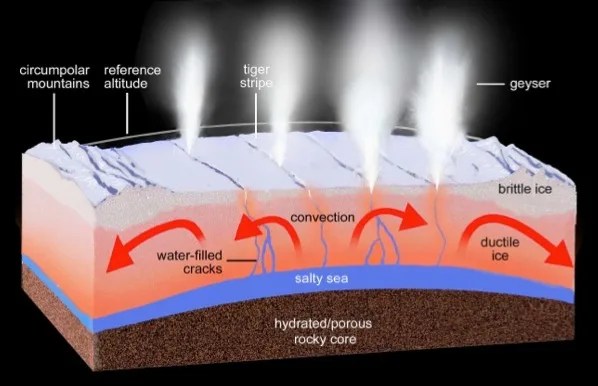
Cassini measurements of Enceladus’ shape, mean density, endogenic activity (activity inside the moon) and thermal evolution suggest a differentiated interior. A differentiated body with a liquid water ocean offers the potential that liquid water from the ocean might circulate within the rock. This could allow elements like phosphorous, sulfur and potassium to leach out of the rock and into the ocean. These elements are important for life as we know it. Differentiated bodies can also form chemical gradients, another ingredient necessary for life.
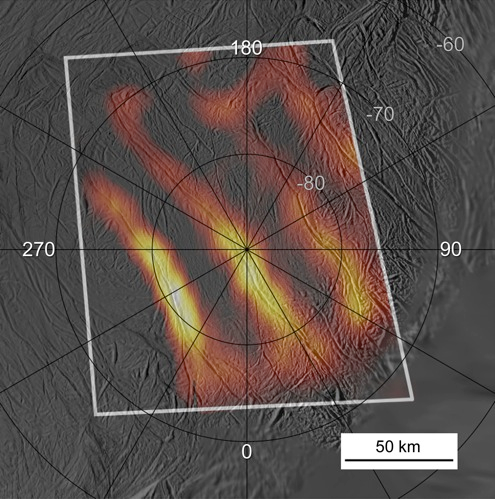
Nearly-parallel, linear fractures in the south polar terrain suggest Enceladus is experiencing current tectonic activity. Infrared observations indicate that the tiger stripes have elevated temperatures relative to the background temperature of the moon’s icy surface. The width of the warm regions shows that they are confined to the tiger stripes. Regions near the active south pole are extremely bright in Cassini radar observations, indicating the presence of a relatively young, rough surface broken up by dynamic geological forces.
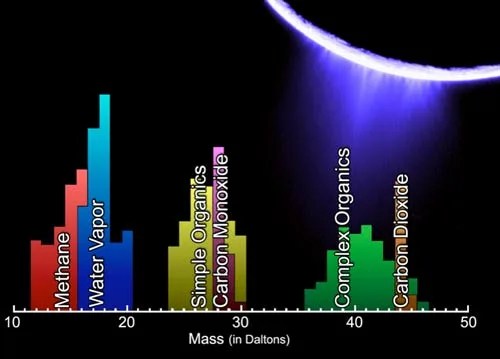
The jets are shown to contain salty particles, organic molecules and ammonia ice. Salty ice particles dominate the mass of the Enceladus plume, indicating the presence of an interface between an ocean and a rocky core. Scientifically interesting chemicals detected include hydrogen cyanide, ammonia, methane and other smaller hydrocarbons.
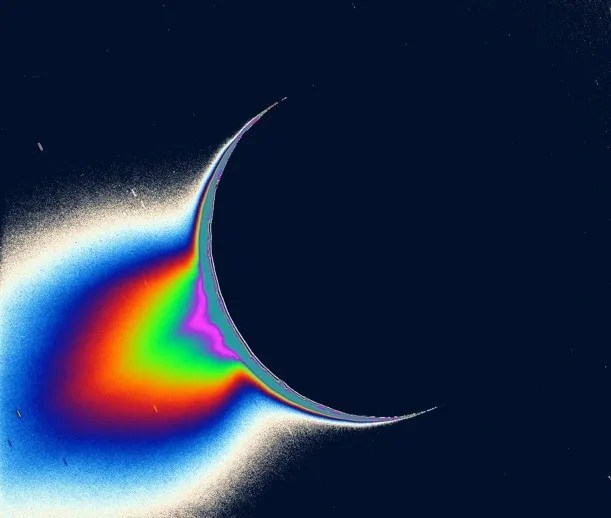
The space plasma environment in the vicinity of Enceladus is shown to be more complicated than those of traditional plasmas dominated by electrons and positively-charged hydrogen ions. This “dusty plasma” had been theorized but not previously observed in space.
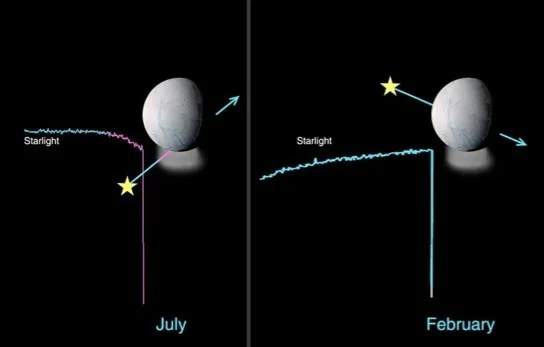
The dimming of stars as they pass behind the plume from Cassini’s point of view provides a measure of the density and variation of gas and dust in the plume. Plume material is shown to be moving at very high speeds.







